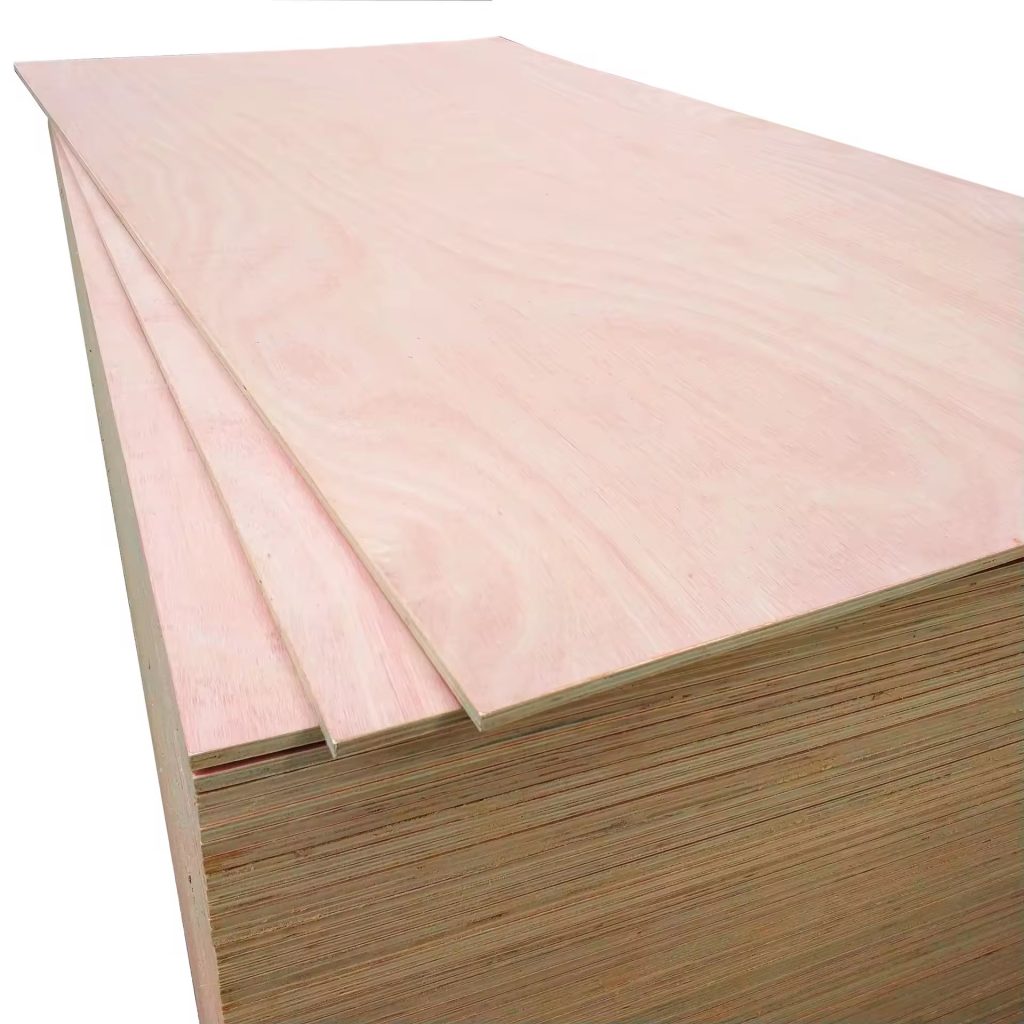Choosing Between Particle Board and Marine Plywood
Choosing between 38mm particle board and marine plywood depends on factors like intended use, environmental conditions, budget, and personal preference. Particle board is affordable and lightweight, but less durable against moisture. Marine plywood is more expensive but resistant to water and humidity, making it ideal for marine environments and damp areas. Consider your specific needs when deciding between the two to ensure your project’s success and sustainability.

